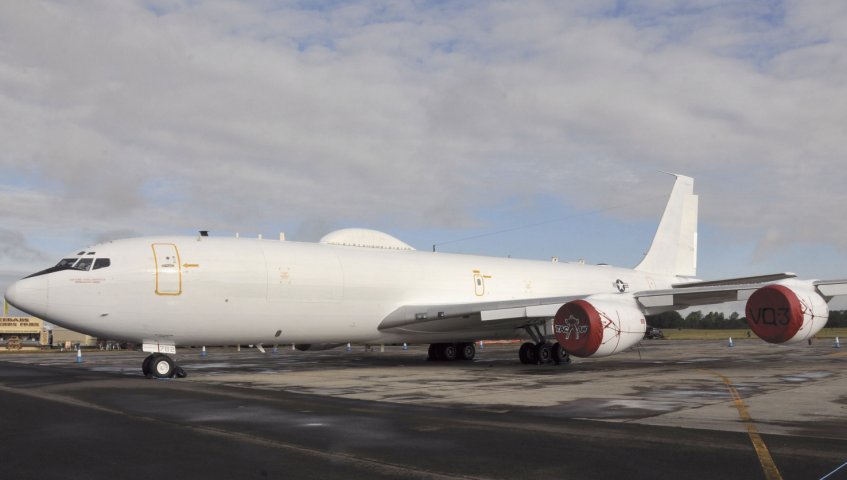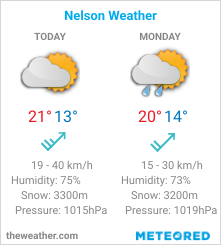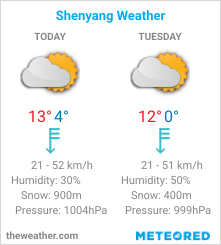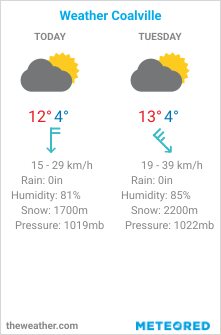Navy officials recently announced the end to a years-long environmental study that analyzed impacts from continued, and expanded, military training and operations within the northeastern Pacific Ocean, including areas within the Strait of Juan de Fuca, Puget Sound, and the Western Behm Canal in southeastern Alaska.
The areas examined encompassed air and water spaces within and outside Washington, including places locally that host Navy activities such as the airstrip near Coupeville on Whidbey Island, where pilots train for touch-and-go landings on aircraft carriers.
Navy officials said a large portion of the study area is offshore, however, and outside of 12 nautical miles from the coastlines of Washington, Oregon, and California.
No land-based activities, such as those on Indian Island near Port Townsend, were analyzed as part of the study.
According to the executive summary for the report, which follows a comprehensive environmental impact study completed in 2015, new information was included in the latest supplement, including “an updated acoustic effects model, updated marine mammal density data, and evolving and emergent best available science.”
“The completion of the analysis follows years of research, stakeholder and tribal engagement, and public involvement,” said Julianne Stanford, Navy Region Northwest Environmental Public Affairs Specialist.
The Navy prepared the study to support its efforts to gain federal permits and authorizations under the Marine Mammal Protection Act and the Endangered Species Act, she said.
Ultimately, the study noted, the Navy will continue training and testing activities at sea and in associated airspace within the study area.
Navy officials said such activities, which include the use of active sonar and explosives, are similar to those that have occurred in the area for decades and which were previously analyzed in the 2015 document.
The Navy has long been criticized for potential impacts on whales from the use of sonar aboard ships, and opposition over the noise from the Navy’s Growler jets has fomented years of discord from property owners on Whidbey Island.
In the study, Navy officials said they will continue to implement ways to avoid or reduce potential impacts on marine species and the environment from training and testing activities.
The purpose of such activities, according to the Navy’s announcement of the end of the study, “is to conduct training and testing activities to ensure the Navy can accomplish its mission to maintain, train, and equip combat-ready naval forces capable of winning wars, deterring aggression, and maintaining freedom of the seas.”
To that end, the military will continue training and testing activities at sea and in associated airspace at levels required to support military readiness requirements beyond 2020 and “incorporate evolving mission requirements, including those resulting from the development, testing, and introduction of new vessels, aircraft, and weapons systems into the fleet.”
As part of the published final study, the Navy included comments received from the public, as well as local government and Tribal representatives and other non-government organizations from around the region.
The Jefferson County Board of Commissioners voiced specific concerns about potential impacts of Navy operations given what they characterized as a paltry economic benefit derived from the military’s presence.
“High impacts with little benefit to our tax base,” read one comment. “Jefferson County supports a small installation, Naval Magazine Indian Island, which houses no service members and employs a very limited number of largely out-of-county civilians. With 88 [percent] of the proposed activities directly affecting Jefferson County, this level of impact is extraordinarily high in proportion to the economic benefit provided. This is especially obvious when compared to the boost to the tax base in neighboring Island and Kitsap counties, home to the larger installations performing the proposed activities.”
Navy officials responded their activities are expected to have a negligible impact on the existing socioeconomic resources in the study area, including Jefferson County.
“The recent increase in Growler activity warrants new and more accurate noise measurement, monitoring and greater considerations to impact minimization,” read another comment from the Jefferson County Board of Commissioners.
“While the impacts of noise on people and communities may be highly subjective, the use of night/day averaging for episodic sounds is wholly ineffective in measuring impacts of jet flights,” they added. “We receive complaints regularly from residents of Port Townsend, Marrowstone Island and the Western Coast who are distressed by jet noise. The current 400 [percent] increase in Growler activity has increased the stress response experienced by many. This is especially true in a region that is rural, and the expectation of quiet is high.”
In response, Navy officials noted their noise model is approved by the FAA and described several reasons why they prefer modeling to monitoring aircraft noise.
“Noise modeling allows the prediction of noise levels at many locations for a given set of conditions, including current and proposed conditions,” the Navy said in its response. “Noise modeling allows accurate prediction of noise levels through careful collection of data on noise source operations, robust and accurate databases of noise-source sound levels, and validated acoustic propagation prediction methods.”
Jefferson County officials echoed others who commented about potential impacts of Navy operations to endangered Southern Resident orcas, saying the risks were understated in the Navy’s study.
Navy officials, however, said the iconic animals were analyzed “thoroughly.”
“The Navy is fully aware of the Governor’s Task Force and the plight of the Southern Resident killer whale,” officials said.
The Navy participated in the Governor’s Task Force, as the group identified ways to support recovery efforts for the Southern Resident killer whales. Based on comments received, the Navy said it added more information on potential prey impacts to Southern Resident killer whales to its environmental review, and “analyzed potential impacts to every component of the food web [including] analysis of impacts to marine vegetation, marine invertebrates, and fishes.”
Nearly a dozen comments were received from Port Townsend elected officials, as well as others, all of which received responses included in the final document.
The complete study and related information is available at www.NWTTEIS.com.
 First Chinese-made aircraft carrier Shandong also called Type 002 during training exercises at sea. (Picture source CCTVChina)
First Chinese-made aircraft carrier Shandong also called Type 002 during training exercises at sea. (Picture source CCTVChina)



























